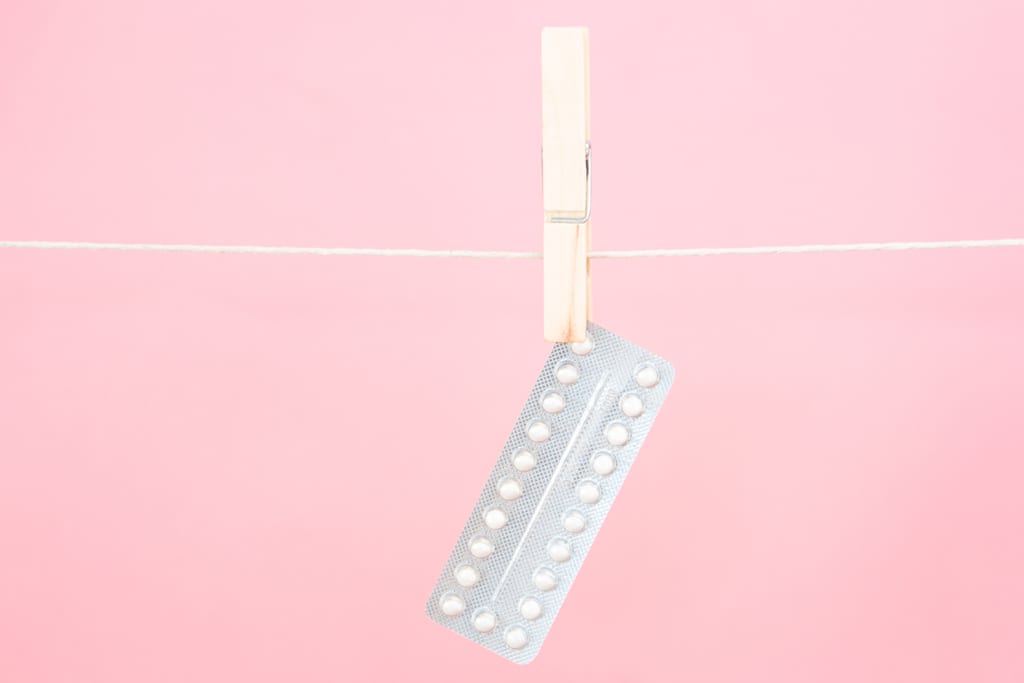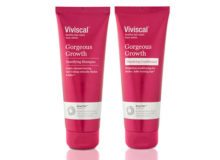5 new contraceptives you need to know about
Your first port of call when it comes to discussing contraception is usually your GP or a family planning clinic. There are many methods available and all the ones I mention here, when used properly, are more than 99 per cent effective.
When you first start using new contraceptives, you should book in a three-month review with your GP to discuss how it’s working for you. Many long-term contraceptives have a stated ‘shelf-life’, and, if it’s suitable for you, there’s no reason to switch methods before then. But it’s sensible to review your method of contraception at certain life stages – for instance, after you’ve given birth.
1. The mini Pill
There are two main forms of Pill – the combined, which has oestrogen and progesterone, and the ‘mini Pill’, or POP (progesterone-only Pill) that contains progesterone only. The former uses a combination of hormones to suppress ovulation and prevent egg implantation, while the latter prevents pregnancy by changing the cervical mucus and lining of the womb to prevent sperm reaching the egg and egg implantation.
Best for: Smokers, those with high blood pressure (the oestrogen content in the combined Pill slightly increases risk of cardiovascular issues) or those prone to migraine. Breast-feeding mothers can also take the POP.
2. The next-gen implant
The contraceptive implant used in the UK is called Nexplanon and is inserted just under the skin, usually on the inside of your upper arm. It is fitted by a healthcare professional such as your GP or a nurse at a family planning clinic. Like the IUS and mini-pill it’s progesterone- based, so it’s likely your periods will stop partially or altogether. It’s effective for three years.
Best for: Women who can’t tolerate the combined Pill due to the oestrogen (see above), prefer not to take a pill every day, or are squeamish about an IUD.
3. The injection
There are two kinds of contraceptive injections – Noristerat, which is effective for eight weeks, and Depo-Provera, which is most widely used in the UK and is effective for 12 weeks. An injection is given in the muscle in the arm.
Like the IUS, Mirena and the mini Pill, this is a progesterone-based contraceptive and will slow or stop your period completely, although some women experience heavy bleeding, in which case, see your GP. It can also affect the body’s oestrogen levels, which may reduce bone density – though these changes are reversible. On average, it takes five and a half months for fertility to return to normal once you stop.
Best for: It’s relatively short-term, so suits women who want to feel more in control about changing contraception methods.
4. The vaginal ring
This is a small, soft plastic circle you place inside the vagina, where it releases a combination of oestrogen and progesterone to prevent pregnancy. It remains in place for three weeks, then you have a seven-day break. It’s not an overly popular choice in the UK – this may be due to nervousness about inserting it incorrectly. However, it’s not painful and, although they can occasionally come loose, you won’t feel it.
Best for: Very few women in the UK actually use this method – possibly because of anxiety they feel about not inserting it correctly.
5. The patch
Evra is a sticky patch that sits on your skin and, like the combination Pill, delivers oestrogen and progesterone into the body. It’s replaced every seven days for three weeks, after which you have a patch-free week and a bleed. It’s super-sticky, so shouldn’t come off in the shower, but if it does fall off and you’ve been ‘unprotected’ for 48 hours, you’ll need to apply a new patch and use additional contraception for seven days. Most women stick it just below the belly button. A small number experience a reaction to the adhesive, and because of the oestrogen, it’s not suitable for women with high blood pressure or who are very overweight.
Best for: Women uncomfortable with having an IUD or IUS fitted, worry about remembering to take a Pill, and who prefer flexibility.
 Sangeeta Agnihotri is a consultant gynaecologist and obstetrician who also works with the female health charity Wellbeing of Women.
Sangeeta Agnihotri is a consultant gynaecologist and obstetrician who also works with the female health charity Wellbeing of Women.








